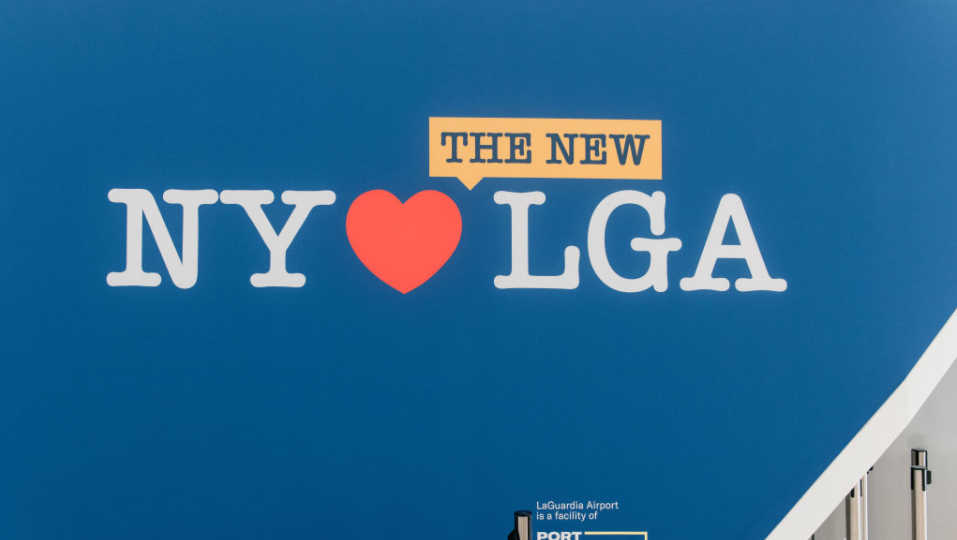US airlines blocking middle seats cite their growing NPS scores
Some US airlines are touting an increase in their net promoter scores (NPS), even as the COVID-19 pandemic has stalled demand and created even more uncertainty over the timing of a recovery.
NPS is essentially a measure of customer satisfaction that emerged in the early 2000s and is based on customers' responses to queries about the likelihood of a customer recommending a company to a friend or relative. Generally, an NPS of 50 or higher is viewed as a favourable result.
Perhaps unsurprisingly, the operators whose NPS scores have risen have opted to continue blocking the middle seat onboard their aircraft. In fact, Southwest has said that it set a quarterly record for its score during 2Q2020.
Additionally, a number of airlines with improving scores are also working to get their cash burn to break-even by the end of 2020, which remains an impressive goal, given unpredictable demand patterns and the onset of the typically weaker travel season. With those market dynamics, it also remains unpredictable whether positive customer sentiment could help those operators to reach their cash burn levels at an accelerated pace.
TO READ ON, VISIT: US airlines blocking middle seats cite their growing NPS scores

European airline capacity planning: uncertainty is increasing
The UK's reimposition of quarantine rules on arrivals from Belgium, Andorra and the Bahamas, not long after similar action on Spain, is another reminder of the uncertainties facing airline capacity planners. COVID-19 cases are also increasing elsewhere.
After 10 straight week-on-week increases, European capacity has moved from 14% of 2019 levels, the lowest of any region 10 weeks ago, to 45% this week (commencing 10-Aug-2020), now the third highest.
The year-on-year reduction of -55.0% is now almost level with North America's -53.4%, while Asia Pacific remains in the lead with capacity cut by 42.9% (still the only region at more than 50% of 2019 levels). Latin America has the deepest cut, -74.1%, followed by Africa's -67.6% and the Middle East's -67.3%.
However, the capacity curve in Europe (and most of the other world regions) is showing signs of levelling out, influenced by the uncertainty over travel restrictions. Moreover, capacity plans for the rest of 2020 from leading European airline groups in their recent quarterly reports are more cautious than the schedules they are still filing with OAG.
TO READ ON, VISIT: European airline capacity planning: uncertainty is increasing

GOL expects return of business travel in Brazil by end-2020
Brazil's largest airline GOL continues to add capacity back to its network and is anticipating a return to 80% of all frequencies and markets by the end of 2020, as the airline expects some corporate travel will resume during the Sep-2020 to Oct-2020 period.
The airline believes larger corporate clients could begin travelling again as states and localities in Brazil begin to open up. That should allow GOL to widen its booking curve, which for now remains short, at broadly 20 days.
Even as Brazil's COVID-19 cases continue to climb, GOL has concluded that demand has been steadily recovering, and the airline's sales and traffic continue to move off the lows that the airline dropped to in Apr-2020.
TO READ ON, VISIT: GOL expects return of business travel in Brazil by end-2020

Air Canada works to reduce capex as restrictions constrain business
The COVID-19 pandemic continues to wreak havoc on airlines worldwide, but Air Canada faces an added layer of uncertainty as Canada remains largely closed off for travel, with no target date for the lifting of restrictions.
Air Canada continues to cut costs, build liquidity and rightsize its operations, which includes its ongoing efforts to retire 79 aircraft from its fleet and shrink its network footprint.
There is also little doubt that Air Canada will need to adjust its aircraft order book as the company's planned CAD3 billion capex for 2021 is not conducive to operating during a pandemic. As uncertainty over when Canada will ease restrictions remains firmly in place, the airline is already warning that it could possibly cancel orders for Airbus A220s and Boeing jets.
TO READ ON, VISIT: Air Canada works to reduce capex as restrictions constrain business
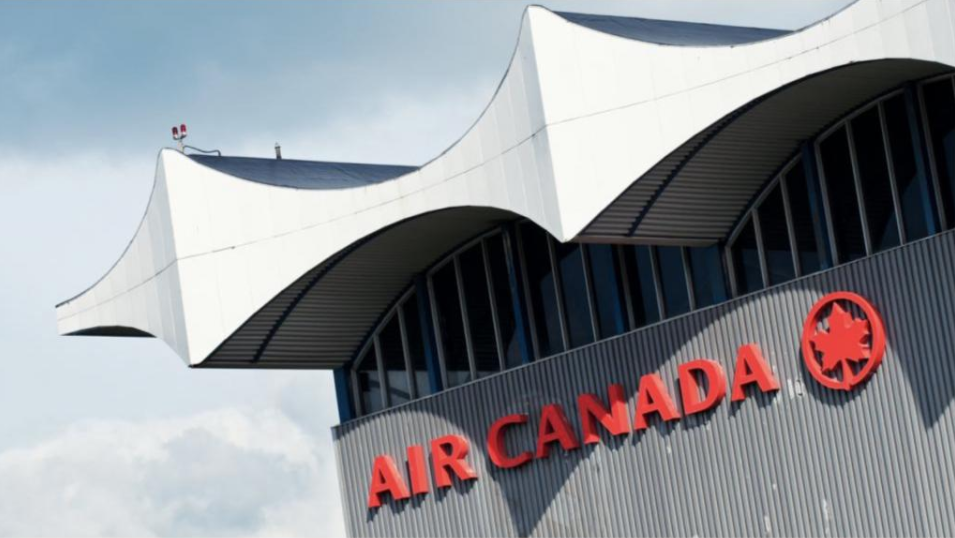
Canada's smaller airlines: different approaches to crisis management
Canada's smaller airlines are taking different approaches to their businesses while the country is closed off due to travel restrictions that have largely been in place since Mar-2020.
Porter Airlines has not operated since that time, and now does not project resuming operations until Oct-2020. The airline's major passenger segment was business travellers, and predicting when corporate travel will resume is tough, since many businesses are extending work from home options for employees.
The ultra-low cost operator Flair Airlines is building back some service in the summer high season. Previously, the airline has stated that it was expecting to see some improvement in demand by Jun-2020, and its route additions would suggest that the airline is benefiting from movement off the bottom in demand patterns; or, the company is aiming to stimulate traffic with low fares.
TO READ ON, VISIT: Canada's smaller airlines: different approaches to crisis management
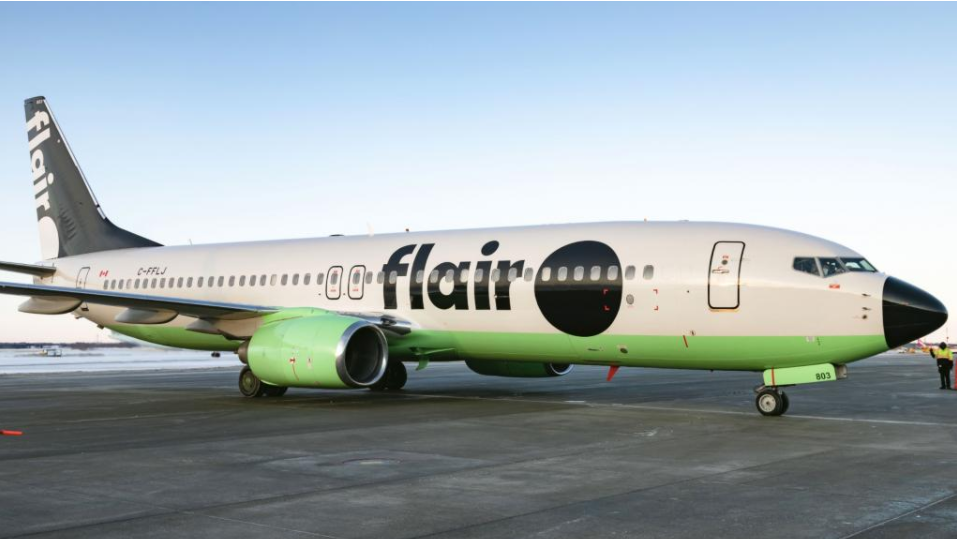
Fraport 1H2020 financial report - recovery begins, but slowly
Half-year airport financial reports for 2020 are coming thick and fast now. At the same time in 2019 operators would not have believed that the equivalent period this year would reveal revenue losses of 50% or more, EBITDA down by 95%, and net profits destroyed.
Fraport, which apart from its Frankfurt hub operates airports or contracts for specific segments such as retail operations across the world, is no different.
But while those international operations have largely dragged down the core German activity with the exception of the Lima airport, Fraport, like other operators, has reported that retail operations have not been as badly impacted as other revenue streams.
Construction will be halted on all projects apart from Terminal 3 at Frankfurt, while up to 4,000 jobs will be shed permanently.
TO READ ON, VISIT: Fraport 1H2020 financial report - recovery begins, but slowly
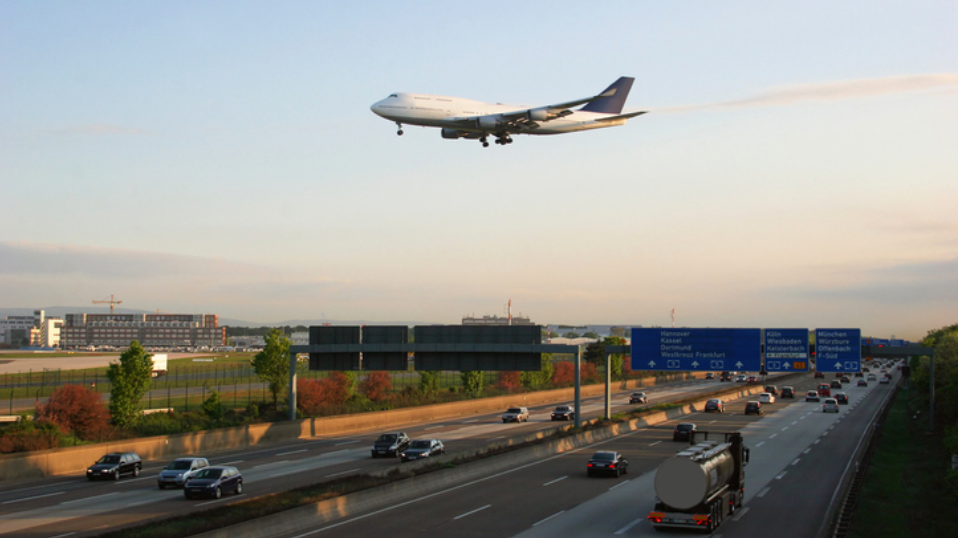
Copa Airlines restarts flights backed by solid financial foundation
Copa Airlines is working to resume limited operations before a more pronounced restart of service in Sep-2020. The company has been grounded since Mar-2020 as its home country of Panama, and many other countries in Latin America, have essentially shut off their borders.
By YE2020 Copa could operate up to 40% of the capacity it deployed in 2019, but the company is working to size its fleet to accommodate what could be much lower demand for the next couple of years.
Despite being grounded for five months, Copa remains on solid footing, which is commendable, given that some of its larger peers in Latin America have sought to restructure under Chapter 11 bankruptcy protection.
TO READ ON, VISIT: Copa Airlines restarts flights backed by solid financial foundation
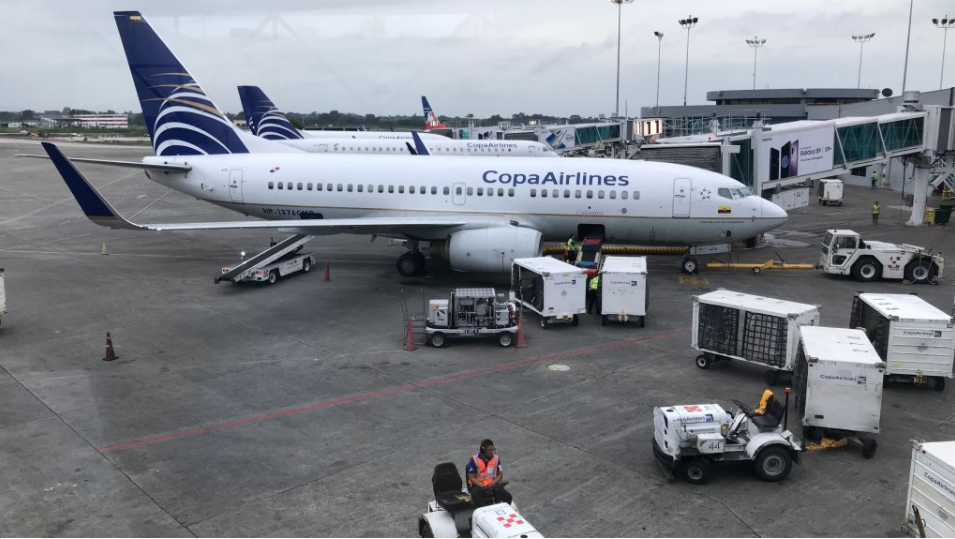
St Louis Lambert Airport: privatisation now back in play
Only a few months ago it looked as if the 'great white hope' for the airport leasing programme in the U.S. had fallen through as, beset by political disagreements, a once supportive mayor pulled the rug on the project. But now a ballot has been secured by supporters of the project which could change the city charter to authorise the lease.
St Louis-Lambert International Airport is the major airport serving the city of St Louis, Missouri and is the busiest in the state. It also serves the surrounding metropolitan area, which includes much of south-eastern Illinois, and it continues to be an important transport facility in the region, with Southwest Airlines the largest operator at the airport.
In Jun-2020 supporters of leasing St. Louis Lambert International Airport (STL) called for a Nov-2020 ballot measure that would change the city charter to authorise a long term public-private partnership (P3) lease of the airport. If passed by the obligatory 60% of those voting, that authorisation would require leasing the airport to private operators if they commit to at least USD1.7 billion.
But the requirement that the successful bidder should find USD1.7 billion, even over a 50-year lease, could prove to be too onerous.
TO READ ON, VISIT: St Louis Lambert Airport: privatisation now back in play
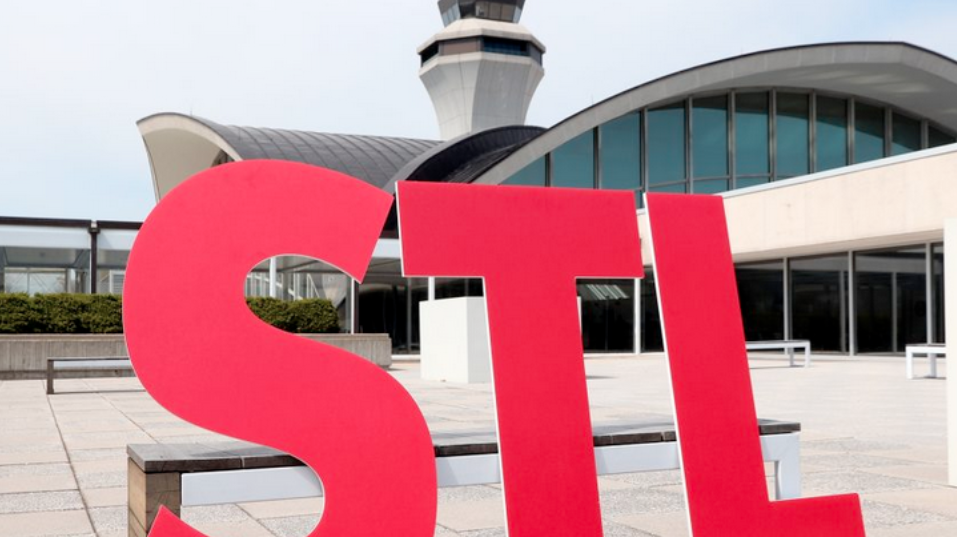
Airports: Groupe ADP outlines plans based on 1H2020 results
First half 2020 financial results are being published by airport operators, including for Groupe ADP, the Paris airports operator with additional interests in West Asia, the Middle East and elsewhere.
Those results have inevitably been affected adversely by the pandemic, but among the minus signs there is some evidence that some business segments have been less severely impacted than others.
Among them are commercial revenues from retail concessions, which at some airports in Europe were quick to get going again. Data released by the Spanish operator AENA also adds weight to that theory. In AENA's case some retail activities actually gained in revenues for the operator in 1H2020.
TO READ ON, VISIT: Airports: Groupe ADP outlines plans based on 1H2020 results
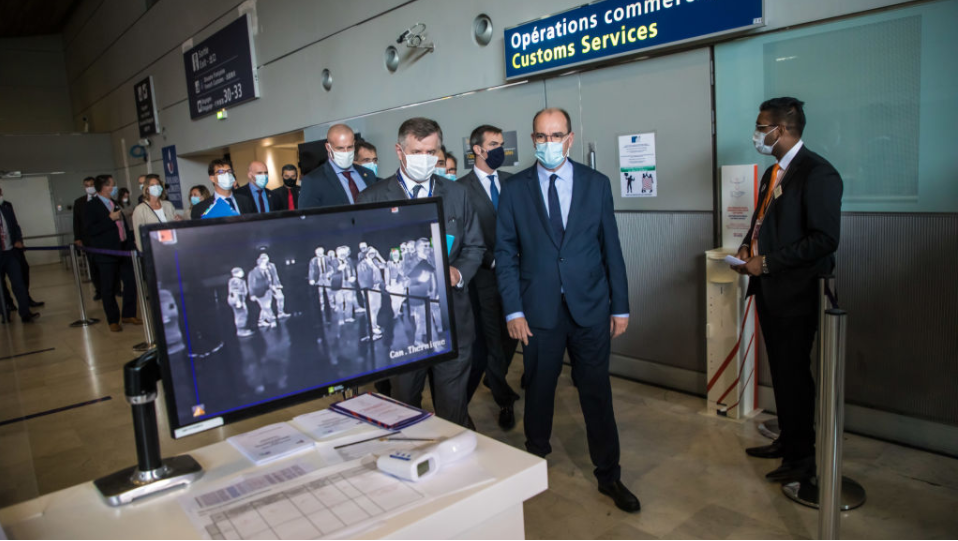
New York Port Authority forced to reconsider airports capital plan
Having been criticised heavily by President Trump as being of 'Third World' standard, New York's LaGuardia Airport is in the midst of a multi-billion dollar public-private restoration project, effectively a new airport, while the other two main airports operated by the Port Authority of New York and New Jersey (PANYNJ) are receiving their own makeovers - again, with public-private schemes involved.
The Port Authority has issued a plea to the federal government to provide direct assistance towards construction costs as the pandemic continues to rage, requesting that the U.S. federal government provide the authority with USD3 billion towards capital construction projects.
PANYNJ added that without financial assistance it may be forced to reconsider a 10-year capital plan that includes redevelopment of New York LaGuardia Airport, replacement of New York Newark Liberty International Airport terminal 1, and a redevelopment of New York John F Kennedy International Airport.
Essentially, PANYNJ is looking much further ahead here and asking the federal government to pay for an existing master plan well into the future as it becomes clearer that 'normality' may not return until 2024 or 2025.
Can such a request be justified under these circumstances, and what other scenarios might play out?
TO READ ON, VISIT: New York Port Authority forced to reconsider airports capital plan
